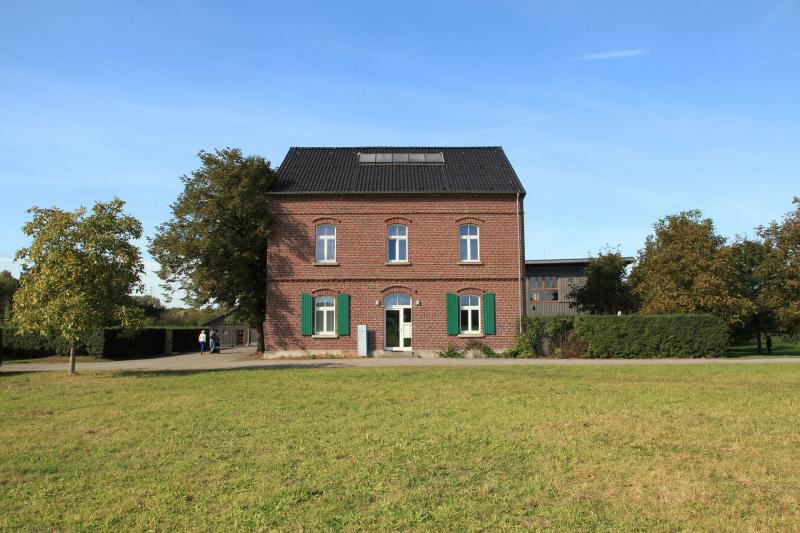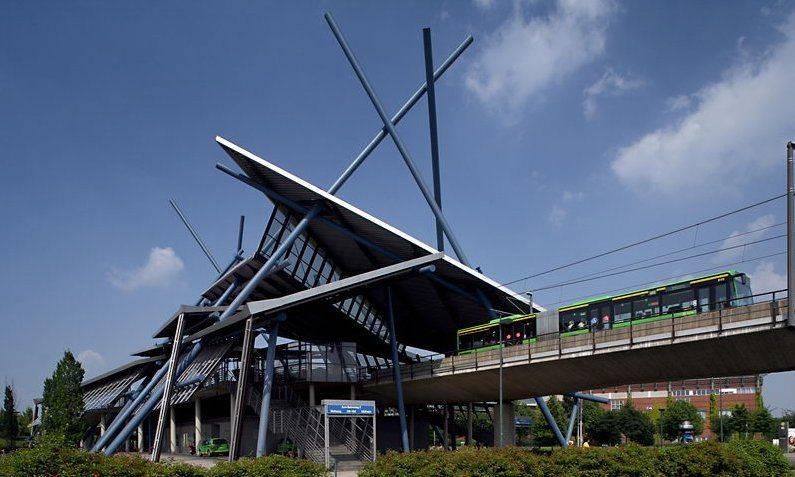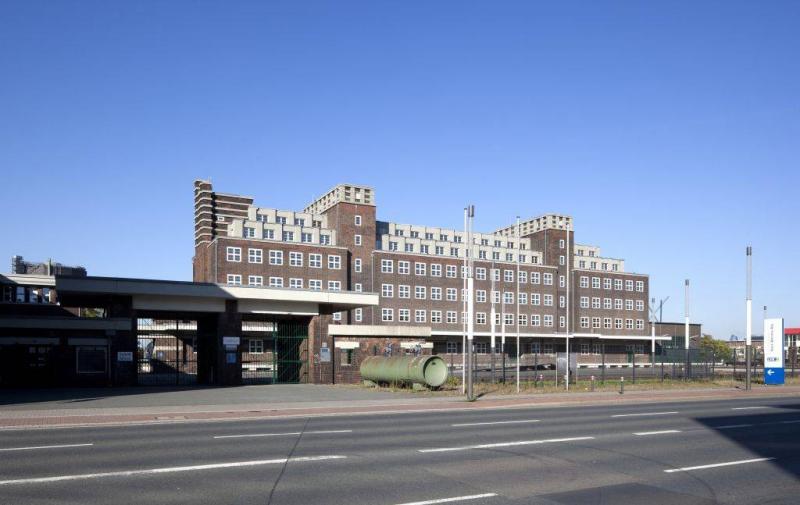Essener Straße, 46047 Oberhausen
Icon legend
![]() This icon indicates an awarded building
This icon indicates an awarded building
![]() This icon indicates a listed building
This icon indicates a listed building
![]() Projects with this logo are on the UNESCO World Cultural Heritage list
Projects with this logo are on the UNESCO World Cultural Heritage list
![]() Project has been converted, renovated or extended
Project has been converted, renovated or extended
x close
![]()
![]()
1913 / 1993-1997
Arge Funke, Lipkowski, Sachweh
(urban construction /
Architekten Reichen und Robert
(new building technology centre / landscape architecture)
Carl Weigle
(inn)
ASU-Planungen Uli Dratz+Partner
(conversion of inn)
Advanced search with more criteria
Total projects: 483

46117 Oberhausen
Distance: 1.26 km

46047 Oberhausen
Distance: 1.48 km

46047 Oberhausen
Distance: 1.57 km
The 1913 plant inn is a late work by architect Carl Weigle, who planned, among other things, a hotel, a theatre, a bank and a number of palaces, all in a historicising style.
Originally situated in a larger park, the plant inn was intended to be a counterpart to Schloss Oberhausen. The spatial reference and the use of baroque elements symbolise the GHH group of companies’ power and standing.
After having been damaged during the war, the building was rebuilt without any major changes. The park, presumably also having been planed by Weigle, however, was only partly preserved.
The plant inn did not only accommodate and cater for company guests, it also featured meeting rooms and a large hall with a stage that could be used for both corporate events and by the citizens.
Within the framework of the IBA Emscher Park (a construction exhibition), the former plant inn found its new purpose as the seat of the Technologiezentrum Umweltschutz (TZU; an environmental technology centre), dealing with the issue of “the environments; analysis, planning, technology”, and thus features high-quality public and private research facilities.
Author: Route Industriekultur / Editorial baukunst-nrw
Last changed on 06.07.2009
Categories:
Architecture » Commercial Buildings » Offices